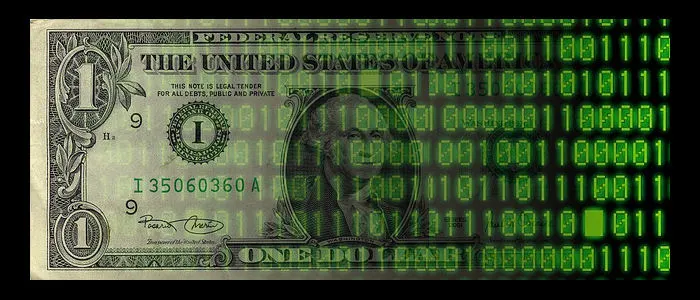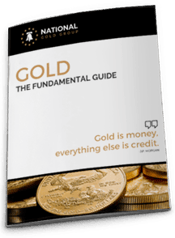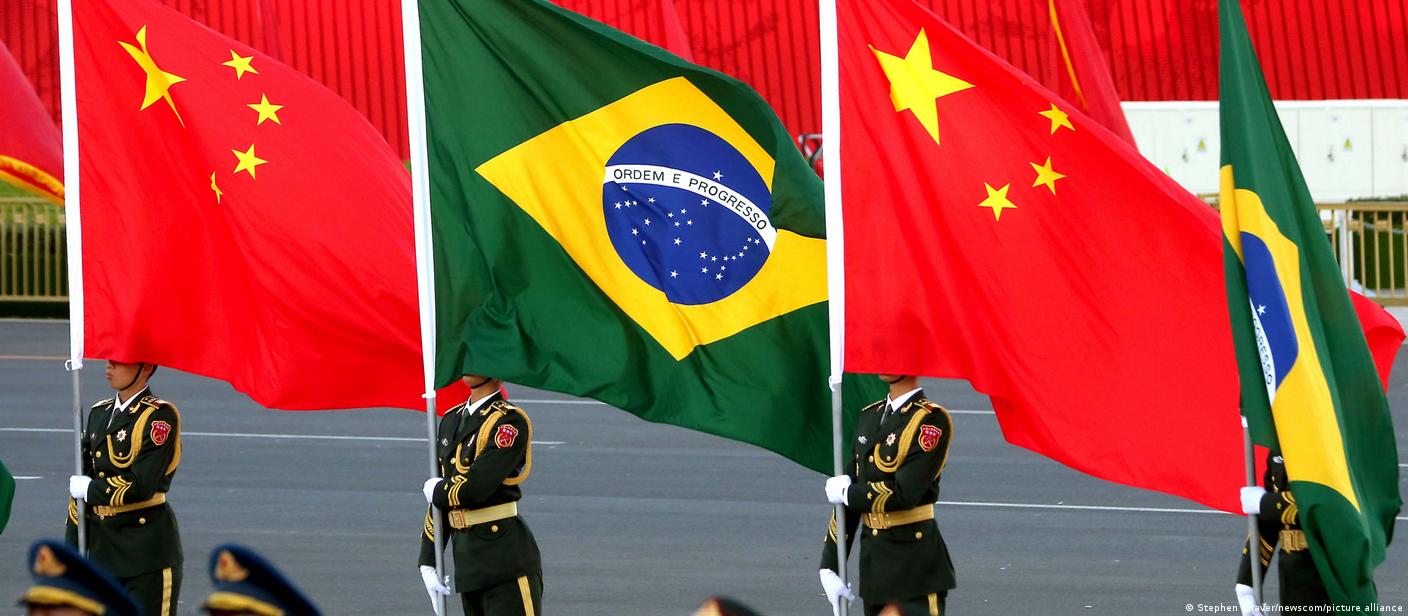US explores central bank digital currency to preserve dollar's reserve status

Jennifer Schonberger @Yahoo Finance!
The U.S. is studying options for adopting a retail or wholesale central bank digital currency, Under Secretary of Treasury Nellie Liang said in a speech Wednesday.
Liang said a consortium of government agencies will meet regularly in the coming months to discuss whether to adopt a central bank digital currency, or CBDC.
"We are thinking about whether a U.S. CBDC, to the extent it has functionality that traditional forms of central bank money lack, could help to preserve the dollar's global role," Liang said in a speech at the Atlantic Council on Wednesday. "We are also thinking about whether a U.S. CBDC could help reduce undesirable frictions in cross-border payments or other activities."
The U.S. dollar is considered the world's "reserve currency," accounting for well over half of the world's central bank reserves and playing a key role in settling international transactions.
Liang's comments mark the most comprehensive insight and reveal the administration's latest thinking on a CBDC. The remarks also come at the one-year mark since President Biden issued an executive order directing agencies to study a central bank digital currency, and come up with a government-wide approach to regulating digital assets.
U.S. policymakers are continuing to deliberate about whether to have a CBDC, and, if so, what form it would take.
According to Liang, a CBDC would be legal tender, convertible one-for-one into other forms of central bank money — reserve balances or paper currency — and would clear and settle nearly instantly. A U.S. CBDC would also need to both protect the privacy of users and minimize the risk of illicit financial transactions.
Liang said deliberations will take "some time to complete," but that a group of government agencies, including the Treasury, Fed, and White House offices will meet regularly in the coming months and offer interim updates to the public.
Public support for adoption of CBDC
The Federal Reserve has emphasized that it would only issue a CBDC with the support of the executive branch and Congress, and more broadly the public. Liang said interest and support from the public will be a key factor in deciding whether to adopt a CBDC.
"A digital dollar is just a digital form of a current central bank liability," Liang said. "It's just a different form of money. Some of the main reasons countries do implement one is if they feel like they need to have a connection with the public as they stop using cash regularly. In the U.S., it is not entirely clear that's needed and that's why this space is still open and the discussions are ongoing."
Liang said she didn’t think there was necessarily a first mover advantage, as China has adopted a CBDC and the UK looks to adopt one.
The U.S. is considering a CBDC as the Fed has indicated it expects to launch its 24-7, instantaneous payment service, dubbed FedNow, this spring or summer, using an existing form of central bank money — central bank reserves — as an interbank settlement asset.
A CBDC would involve both a new form of central bank money and, potentially, a new set of payment rails.
Wholesale vs. retail CBDC
Liang said the U.S. is also deciding whether to issue a wholesale CBDC, a retail CBDC, or both.
She said authorities are thinking about how each would differ through the lens of looking at central bank reserves and whether those differences would be technological in nature or access driven.
For a wholesale CBDC, Liang said the basic difference would relate to technology. Liang said a wholesale CBDC could be a tokenized central bank lability, which potentially could support around-the-clock payment activity and secure settlement of transactions.
Liang said a retail CBDC would complement, not replace, cash as a digital liability of the central bank that is accessible to the general public.
A wholesale CBDC could be accessible to financial institutions that are currently eligible for central bank accounts, or to a wider range of financial intermediaries.
"But while policymakers might consider granting access to a wholesale CBDC to institutions not currently eligible for central bank accounts, that decision would be an independent choice, rather than a necessary consequence of having a wholesale CBDC," said Liang.
Liang said a wholesale CBDC might also be used as a backing asset for stablecoins, which could make it easier to transfer value between stablecoins.



